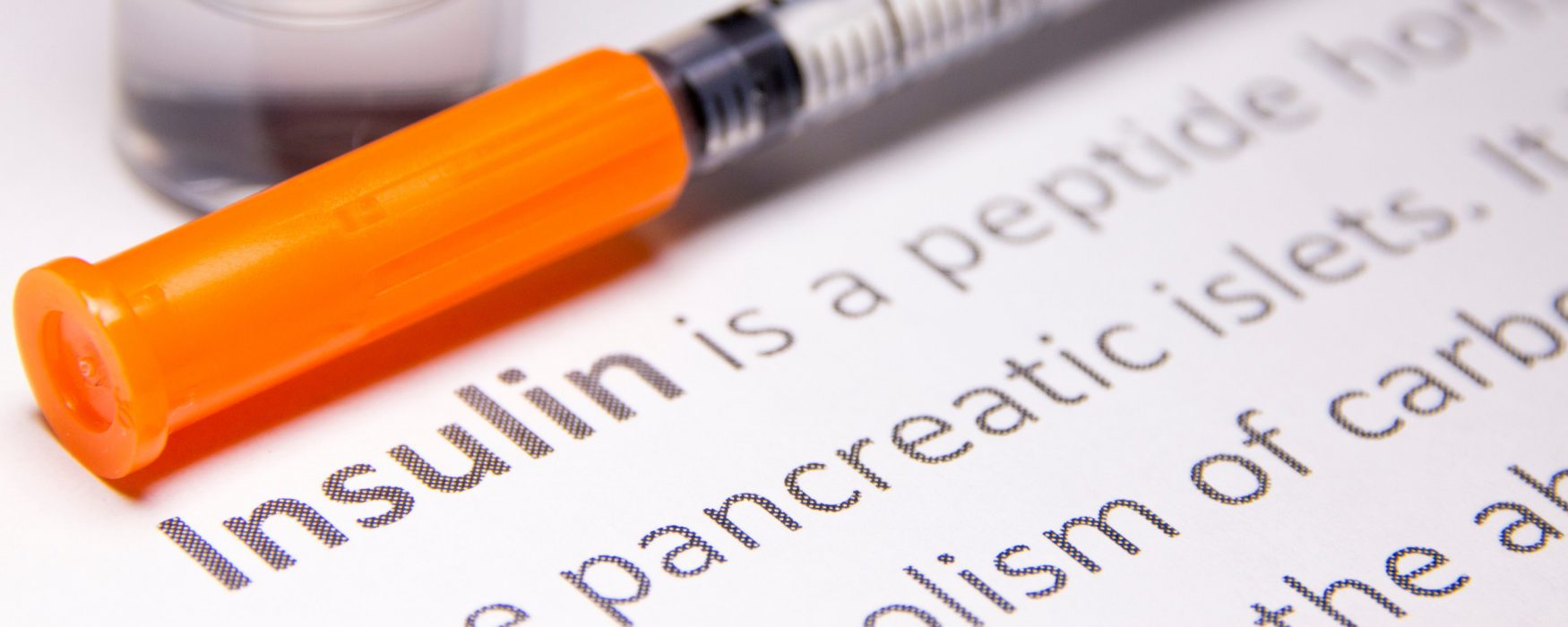
Article courtesy MIRS News for SBAM’s Lansing Watchdog e-newsletter
In a Diabetes Alert Day press release last week, Enbridge, operator of the Line 5 pipeline, highlighted the necessity for light oil and natural gas to manufacture medications, exercise equipment, blood sugar meters, injection pens and insulin pumps used by those diagnosed with diabetes.
Lauren Brown, Enbridge’s community engagement advisor, said “we take pride knowing Line 5 plays a critical role in an effort to help those with diabetes,” a number at around a million Michiganders.
That raised the question: How large of a role does the Line 5 oil pipeline play in the manufacture of diabetes products or medications?
MIRS first asked Enbridge’s Media Relations Strategist Ryan Duffy, who cited statistics that area refineries and manufacturers rely on the Line 5 pipeline to help create over 6,000 everyday products, including medical products, deodorant, dishwashing liquid, cars, crayons, tires, toothpaste and gasoline.
However, Duffy said Enbridge did not have statistics pertaining to insulin specifically, so MIRS then asked the Michigan Chemistry Council (MCC).
Former Rep. Sara Cambensy, also a diabetic and now-executive director of the MCC, said that the short answer is none . . . right now.
Cambensy said that could change, but not without Line 5.
During her time in the Legislature, Cambensy said she spent a great deal of time looking at the high price of insulin and trying to lower it for Michiganders.
Through her work with insurance companies, she came to understand that the problem was that the manufacture of insulin was kept to a minimum, with just a few companies in the U.S.
Along with now-Rep. Curt VanderWall (R-Ludington), the two began to look into the process of attracting businesses that produce insulin to Michigan and to manufacture it in-state, which would be much more effective and provide more cost relief.
However, Cambensy said the ongoing process to start insulin production in-state requires industrial loads of energy, as it can’t be overheated or frozen.
“You need to be well-connected,” she said, and that is the connection that Enbridge is making.
Cambensy said that as the state looks at insulin production and tries to partner with manufacturers, the biggest problem is how and where it can be produced.
If Michigan were to start manufacturing the drug, the state would need a solid energy source, she said, and “if we shut down a major source like Line 5, it hurts our chances.”
Cambensy said the state isn’t likely to go out, build a facility and build production, but Michigan could put out bids and see where interest is.
At that point, companies are going to decide if it’s cost-effective for them to locate in Michigan, she said.
“Anything we do to take away our chances, if we shut down Line 5, it does send a signal to businesses that we’re not as serious about attracting new businesses that need that load,” she said.
Cambensy said VanderWall is still working on the issue and has had several meetings with Blue Cross Blue Shield of Michigan, to look at taking next steps, as well as looking at states with manufacturing laws currently in place.
“We’re in the early stages,” she said, “but this is something that so many Michiganders are impacted by.”
Cambensy said there is other legislation to cap insulin, which she introduced last term and which Rep. Jennifer Conlin (D-Ann Arbor) reintroduced with HB 4015, which sets a $50 limit on co-pays for a 30-day supply of prescription insulin.
Federal provisions in the Inflation Reduction Act have also capped the co-pay for Medicare recipients at $35 monthly.
However, Cambensy said the impact of state legislation is limited to only the insurance the state can control.
Her bill would have impacted only 15% of diabetics, Cambensy said, whereas if insulin was manufactured in Michigan, the price reduction could help even those without insurance.
Cambensy said a large part of the debate surrounding Line 5 starts with environmental concerns, but she said her perspective was changed when she thought about all her materials to treat diabetes.
They’re all made of plastic, she said, and even though we don’t manufacture that in Michigan, other people in other places do. When we got into the Line 5 debate, I was able to look at just how much I depend on other people having a pipeline to manufacture something I need.
“I don’t know exactly where every drop of oil from Line 5 is going,” Cambensy said, “but I know it’s going to manufacture something we all need and use every day.”